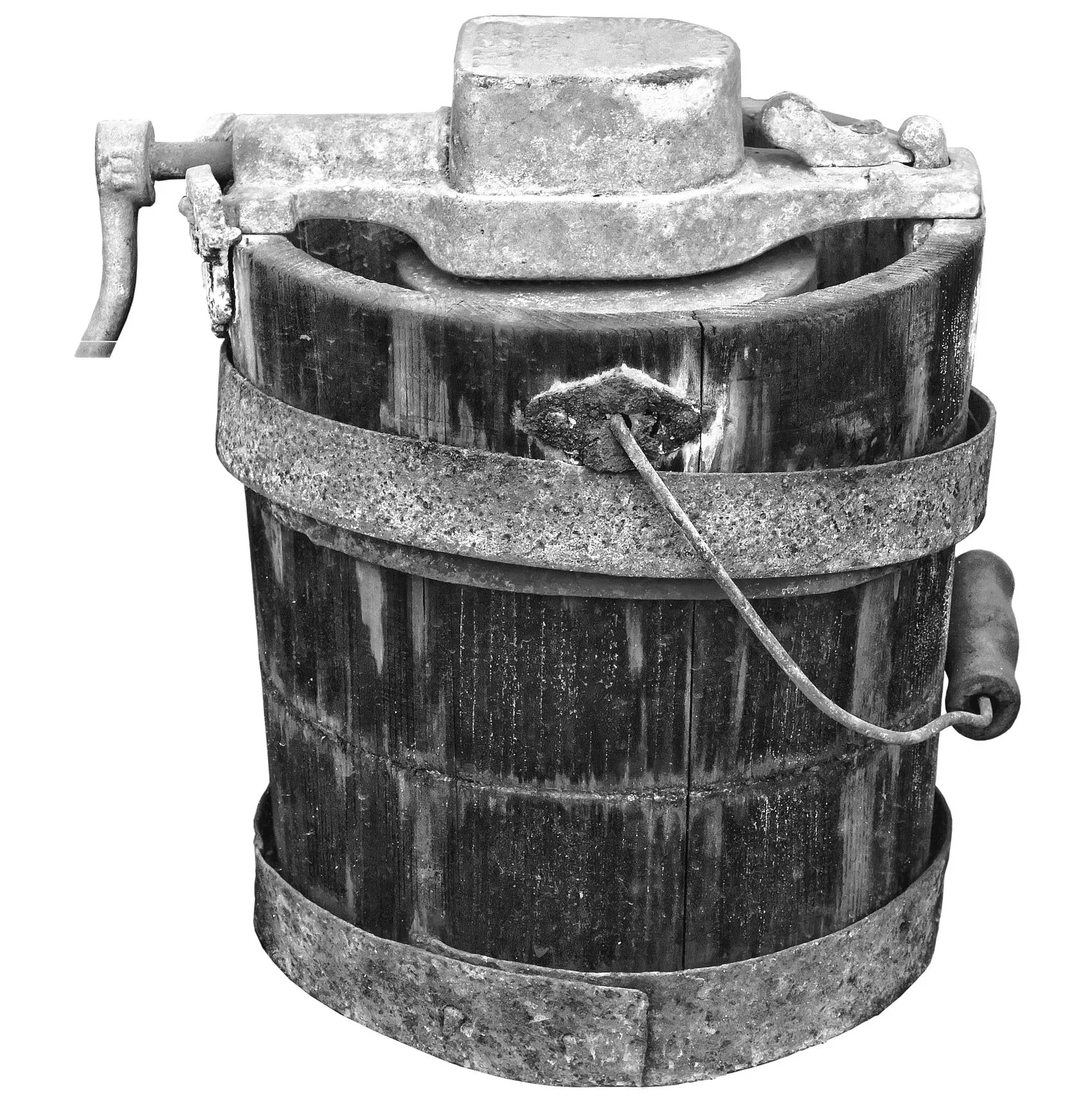I am a huge advocate of having an active and effective board of directors. For nearly any size company, and any form of capital structure, outside advisors can add value. In its simplest form, an entrepreneur may just need an independent mentor, or an advisory board that does not have corporate governance responsibilities. However, as a business starts to scale and become real, a true corporate board can be incredibly valuable. The CEO role can be pretty lonely at times, and a board can bring a unique perspective, and hold an honest mirror up to help you see the business with greater clarity.
You may have noticed that I keep caveating the message by saying a board ‘can’ be helpful. That is because not all boards are created equal, and not all boards are functional and helpful. I recently wrote about boards that are dominated by representatives of institutional investors. This is often the case in companies that have taken rounds of venture or growth capital from multiple institutions. Each investor group wants a seat or two on the board, and soon the board is comprised of a bunch of suits who are mostly focused on monitoring their investment, and only narrowly involved in real strategy, direction, and business challenges. Like the old TV show catch line ‘just the facts, ma’am,’ these board meetings turn into ‘just the metrics, ma’am’ exercises, and become a report card instead of a real business discussion.
A great board has to be curated. Each seat needs to be occupied by an individual who can add unique value and who also has the bandwidth to contribute. Investors who represent a firm with a diverse portfolio can bring a wealth of benefit to a CEO. They have perspective across multiple companies and industries, and see best practices throughout their portfolio. The key is they have to be present and own the responsibility that comes with holding a seat. One of the questions I often ask is ‘how many boards are you on?’ There is no magic right answer, but too many is bad, and unfortunately investors often take on too much. It becomes hard to keep track and stay engaged with each company when trying to serve too many businesses. The distractions lead to what I call ‘board amnesia.’ From one meeting to the next, over-committed board members forget the nuances of decisions they helped make, and it often feels like they are starting over at each board meeting. As a CEO, this is incredibly frustrating because you have to constantly re-litigate topics over and over.
As companies move toward a liquidity event or sale, the die is basically cast, and the focus turns almost exclusively to short term execution, and away from making long term strategic plans. At this point on the journey, a well curated board should have one or more members who are experts at exits, and can help the CEO navigate the sale process to maximize the value of the company. For some board members, I have seen this become their queue to step back and put their attention elsewhere. The implicit message is “this one is done, and my time is better spent on the next one.” While there is some validity to this thinking for an investor with a portfolio to service, it can be very disheartening for the CEO and team. They are still charging hard and fully accountable, and they want their board members to stick with them to the end. Not all exit processes run smoothly, and some fail to result in a transaction at all, so the CEO and the board need to continue to collaborate for the present, and remain engaged as if there is a future, right up until a deal is done.
The CEO needs to be able to have a frank conversation with individual board members to hold them accountable if/when their contribution is fagging. Board members should recognize their obligation to be engaged and present, and if a board member cannot devote the time, then they should be willing to give up the seat to someone who can.
At all stages, a great board is a competitive weapon. Each participant has a purpose and is engaged to contribute time, energy, and expertise to build and nurture a successful company. I am biased, but I believe one of the most important board roles is that of the independent(s). Independents may be industry experts, or experienced operators. Their purpose is to add perspective and to be a solid bridge between the CEO and other board members. As a contributor to building the board as a competitive weapon, a former operator can bring unique insights and best practices with hands-on experience. If functional areas of the business, or members of the executive team need a little help and mentoring to grow, the CEO should curate the board to include an expert who can bolster those functional areas. It could mean adding a CFO to the board to help the operating CFO advance, or a CMO or CRO to help with go-to-market strategies, or a technologist to help guide the CTO. In my biased opinion, a former CEO is an ideal addition to a board. For less experienced CEOs, adding someone who has been there and done that can help them grow in their job, but regardless of the experience level of the operating CEO, a former CEO has walked in their shoes, understands the challenges and can relate to the issues. They can be a coach and a sounding board for the CEO, and they can add perspective and help other board members see the business through the lens of a CEO.
Whatever the unique needs and challenges are for the growth and success of the business, the CEO should insist on constructing a board that can help. Astute investors acknowledge that it is important to have the right people on the board, and the best person may not be a member of their investment team. If everybody focuses on the concept of building the board to be a competitive weapon, then making the right choices to fill the seats will become obvious.
















